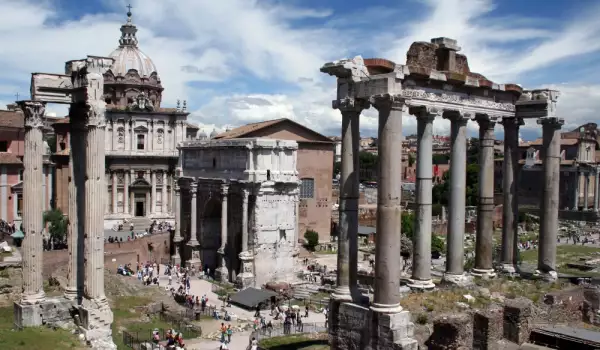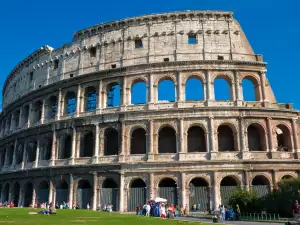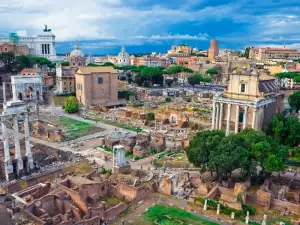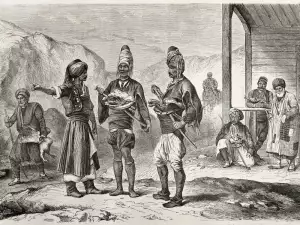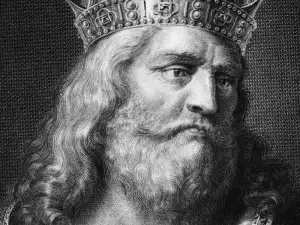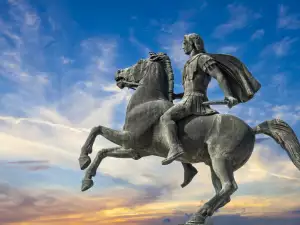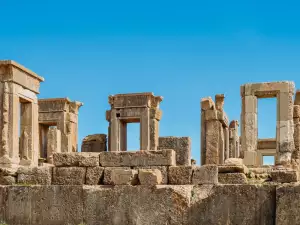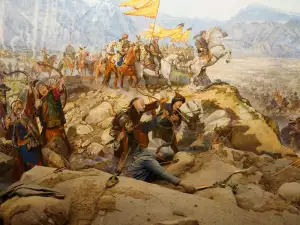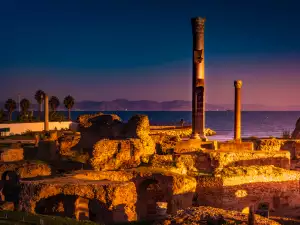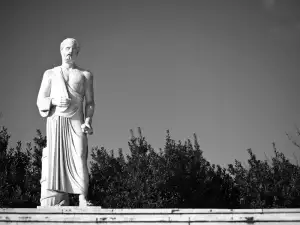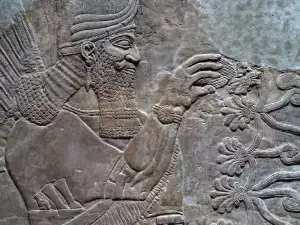In the following article, you will get to know the story of one of the greatest forces occupying its significant place in the world, creating changes that affect our consciousness to this day. The ancient Roman Empire can be an example of an integrity, which so many people managed to preserve for an extremely long time after countless battles, bloodshed, victories and defeats.
Having made a great contribution both to the world of that time and to the modern one, the Roman Empire remains forever in the history that fortunately every one of us has heard. We invite you to recall this great history, which brought together brave rulers, unreasonable rulers, worthy Roman citizens, the actions of many of which lead to development, improvement and significant changes in the whole world.
Historians figuratively divide the history of the Roman Empire into three parts: the pre-imperial period, the Augustan period, until the crisis in the 3rd century and the period from the reign of Emperor Diocletian to its end.
The empire was named after its capital city, which in turn was named after its founder, Romulus. Its borders covered Europe, North Africa and the Middle East. It was founded in 753 BC and collapsed in 476 AD. During these centuries, it underwent a number of changes in every area, including the form of government, which changed from a monarchy to a republic to an autocratic empire.
Roman society also underwent development, improving in the field of military affairs, law, language, art, architecture and technology. This is a contribution to the entire West. Legend tells that the main city in the empire (Roma) was founded by the twin demigod brothers Romulus and Remus. Their mother was seduced by the god Mars, because of which the brothers were also of divine origin. Precisely because of him, when ill-wishers were on the throne, the twins were banished from the city and by order of the king at that time, they had to be killed. Some say that they were saved and raised by a she-wolf, according to others - an ordinary shepherd's wife. Regardless of their savior, they grow up and reclaim their throne.
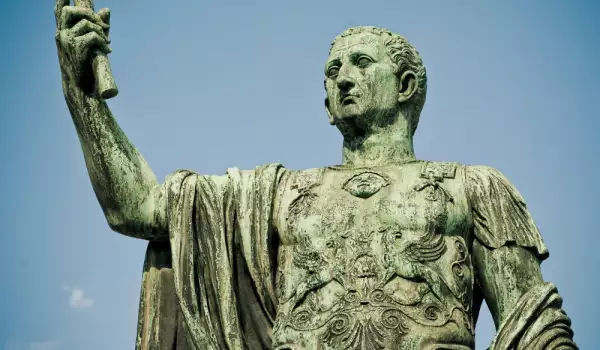
When they founded their city, Romulus killed Remus over a dispute over his rule, which is why Rome is believed to be named after him alone.
The year of establishment of the Roman Empire is considered to be 509 BC. Undoubtedly, one of the main figures in the history of the empire is Julius Caesar. He appeared with two other men, Pompey and Crassus, forming a secret agreement to control the republic. This led to a war in which Caesar was victorious and subsequently proclaimed Roman dictator. Later, however, he was assassinated by opponents of his ruling. It was one of them who became the next ruler of ancient Rome – Octavian Augustus.
His reign marked history with some significant achievements. The credit for creating the position of emperor is his. He also devised the payment of the service of the soldiers under the respective ruler. Augustus assembled the Praetorian Guard, which was just beginning to raise and depose rulers in the following years. During his reign, the boundaries of the empire were established, which remained with few exceptions for the next 400 years.
After his death, the Julian-Claudian dynasty was established (due to marriages between Julius and Claudius), which was interrupted after the death of the last Roman emperor of it - Nero. Although during the ruling of this clan there were also rulers who did not take power seriously and even on the contrary - reigned amid waste, bloodshed and violence, the empire managed to become more stable and strengthen its borders.
The second dynasty that came to power was the Flavian, under which Vespasian and his two sons Titus and Domitian ruled in succession. Under her ruling, the borders of the state were expanded, its financial condition was stabilized and the emerging rebellions in the provinces were suppressed.
The Antonia dynasty or as they are known - the Five Good Emperors. It was during the Roman Empire' that it reached its peak in every respect - territorially, economically and culturally. The rulers were loved by the people, ruled wisely and expanded the boundaries of their domains.
The subsequent Dynasty of the North was represented by several less experienced rulers. The consequences of this led to a crisis in the country. Fortunately, it was ended, thanks to Diocletian, who divided it into an eastern and a western Roman Empire.
Later, Emperor Constantine I, who was also the first Christian Roman ruler, created Byzantium and declared it the capital of the empire and named it after himself - Constantinople. Christianity is declared an equal religion. The empire was forever divided into Eastern (Byzantine Empire) and Western. The latter suffered a number of attempts at capture and siege, terror and foreign invaders. In 476, a German soldier managed to get rid of the last emperor of The Western Roman Empire. The end of the Eastern Roman Empire came in 1453 when it was conquered by the Ottoman Empire.
There are various theories that have emerged over time about the downfall of this great power.
The most common of them is related to the invading German invaders. For a while the Romans managed to hold them off, but then the city fell.
According to another theory, apart from the outside, the city was also in a weakened position internally, due to economic problems related to the financial crisis and the empty treasury, which was squandered for the emperor's needs. Due to labor shortages, rulers treated all citizens as slaves. However, when the losses outnumbered the victories and there were no people to conquer, the rulers were also left without laboring slaves, which dealt a further blow to the economy.
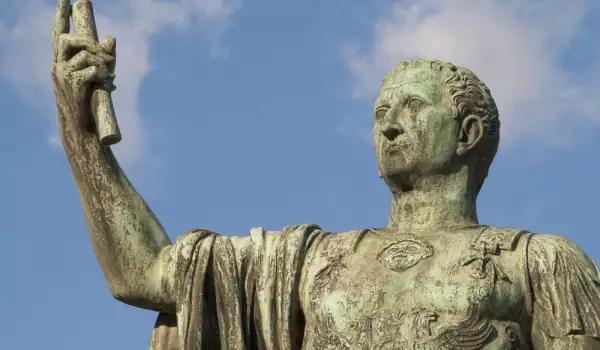
Territories too far apart were also an obstacle to the stable state of the empire, as such a vast area was difficult to manage without coordination. Communication between such distant parts, however, was almost impossible. Furthermore, the resources to fortify all the frontiers of the empire were in short supply.
The legalization of Christianity is also believed to be one of the reasons for the collapse of the empire, as the involvement of the Pope and other major religious figures further complicated governance.
The breakthrough in the Roman troops - they were invincible, strong and brave, but at one point, when the empire began to suffer losses, the emperors were forced to hire foreign soldiers to maintain the integrity and strength of their army. They targeted the Germans, who were also excellent soldiers, but unlike the Romans, they did not respect rulers, which weakened their position.
Let's look at some interesting and lesser-known facts about the history of the Roman Empire that you might not know:
In Ancient Rome, only the wealthiest people wore the color purple - all the colors of the gray-black and yellow-brown range were considered to be a sign of poverty, while red, green and purple were the colors of the aristocracy.
The tradition associated with the first kiss between the newlyweds after they are cast off dates back to Rome. Then, however, marriage was the very contract between the man and the woman and the kiss had the role of a seal.
Popular gladiator games could end without a death—tradition dictated that the loser, but who performed with dignity, should not die once people started waving handkerchiefs for mercy. If the emperor decided to agree to this request of theirs, he had to retract his thumb into his palm.
Mining dates back to the Romans. They decided to dig into the mountain and their original idea was related to the creation of galleries and tunnels.
Being a Roman was seen more as a title – you had to either be born one or acquire the necessary rights to be considered one. It was enough to do everything for the interests of the city and to live according to its traditions and orders.
